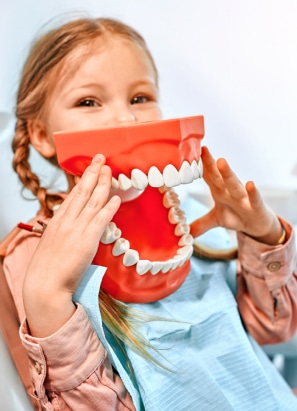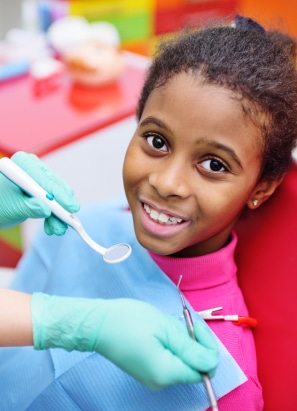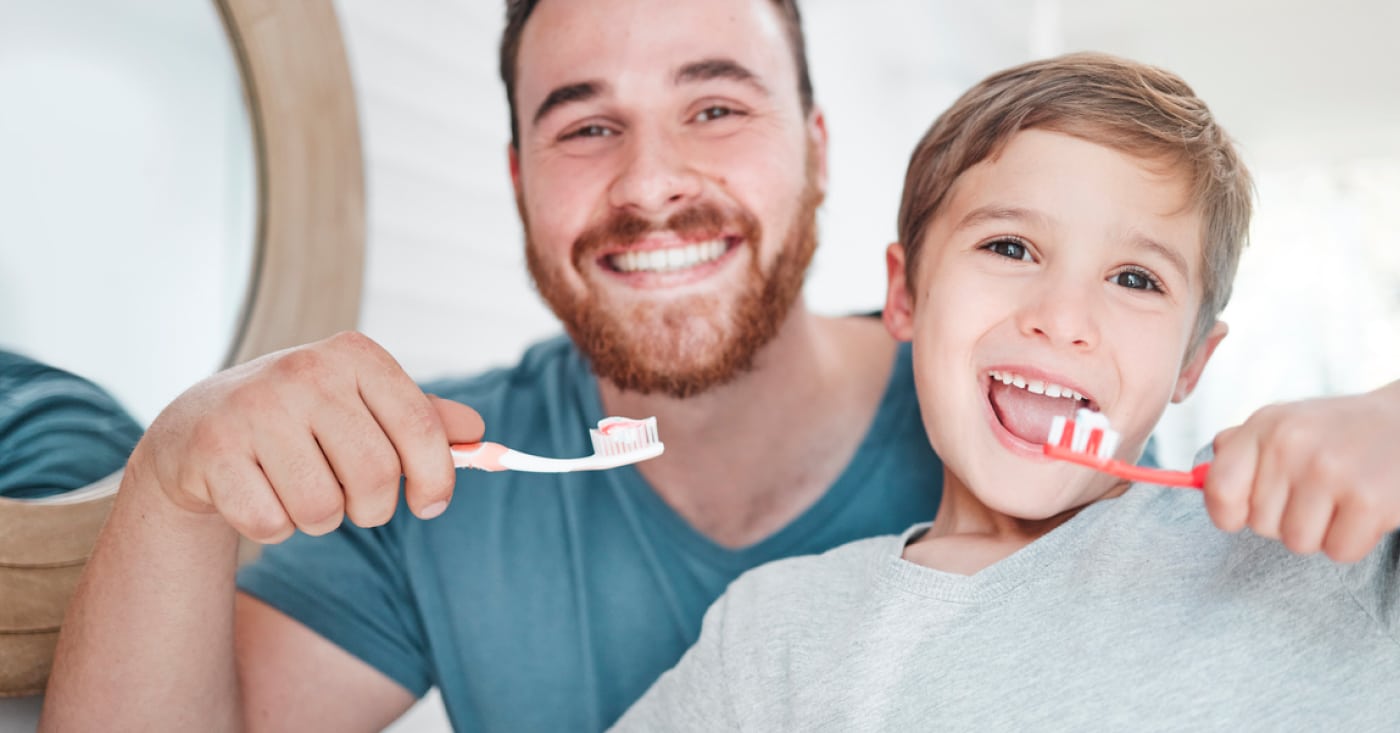Dental treatment
We offer dental treatment services with the most common including composite fillings, stainless steel crowns, anterior resin crowns, pulpotomies, extractions, and enamel microabrasions.
Services that may be used with your child’s treatment in our office include nitrous oxide and local anesthetic. Nitrous oxide and oxygen are administered for dental treatment. The benefits of “laughing gas” is to prevent children from seeing or feeling the local anesthetic and to reduce the vibration felt from the dental handpiece. It also allows us to complete some treatment without using local anesthetic. The child may laugh, feel like they are floating, or have a tingling feeling in their fingers or toes. Nitrous oxide is completely reversible. At the end of the appointment your child will breathe 100% oxygen, which can also have a calming or relaxing effect. There are very few contraindications for using nitrous oxide. Please ask your pediatric dentist if you have concerns.
Local anesthetic or lidocaine is the type of medicine used to “numb” an area in the mouth that will receive treatment. It is used to make the area feel asleep to avoid pain and discomfort while getting a filling, crown, extraction or other surgical procedure. Some dental procedures may not require use of local anesthetic or nitrous oxide.
Following dental treatment your child’s lip, cheek, and/or tongue may be asleep for 2-3 hours. Avoid eating and chewing during this time. It often works well to have your child rest following local anesthetic, so the numbness wears off while they are sleeping. If your child bites the oral tissue, it may look like a yellow strawberry for 3-5 days. It is not an infection. This is tissue regenerating. It takes 10-14 days for healthy tissue to grow. It is important to keep the area clean and it is best to avoid salty and acidic foods and beverages. If necessary, take Ibuprofen or Tylenol.
Your pediatric dentist may recommend general anesthesia as an option in order to complete your child’s treatment.



